‘It’s football first and everything else second’, but three young Cypriots are putting the island first in terms of youth athletics
I’m afraid we have no answer to explain what happened in Peru last August, at the World Athletics U20 Championships.
That was the event where 19-year-old Iosif Kesidis won gold in the men’s hammer throw – the Olympic sport where athletes swing and throw a metal ball (not an actual hammer) attached to a grip by a steel chain. It was Cyprus’ first-ever gold in under-20 athletics, and one of just a handful of golds our athletes have won at any international level (beyond the Small Nations Games).

It was quite a day for Kesidis, whose winning throw of 82.80 metres set a national under-20 record – and in fact it’s even more impressive, because athletes get six throws and every one of those throws would’ve been enough to win the gold, the runner-up (Roland Imre of Hungary) having managed only 75.33 metres.
Quite a triumph, indeed – but wait, there’s more. Two days after Kesidis won gold in the men’s hammer throw, another 19-year-old Cypriot, Valentina Savva, won silver in the women’s competition!
Indeed, according to Argyris Argyrou – a journalist and press officer at the Cyprus Amateur Athletic Association – Savva had been tipped to win the gold till a Chinese athlete, Jiale Zhange, appeared out of nowhere. “[Valentina] was the favourite until July. In July this Chinese girl turned up doing these enormous throws, and at first I was like, ‘How is this possible?’.”
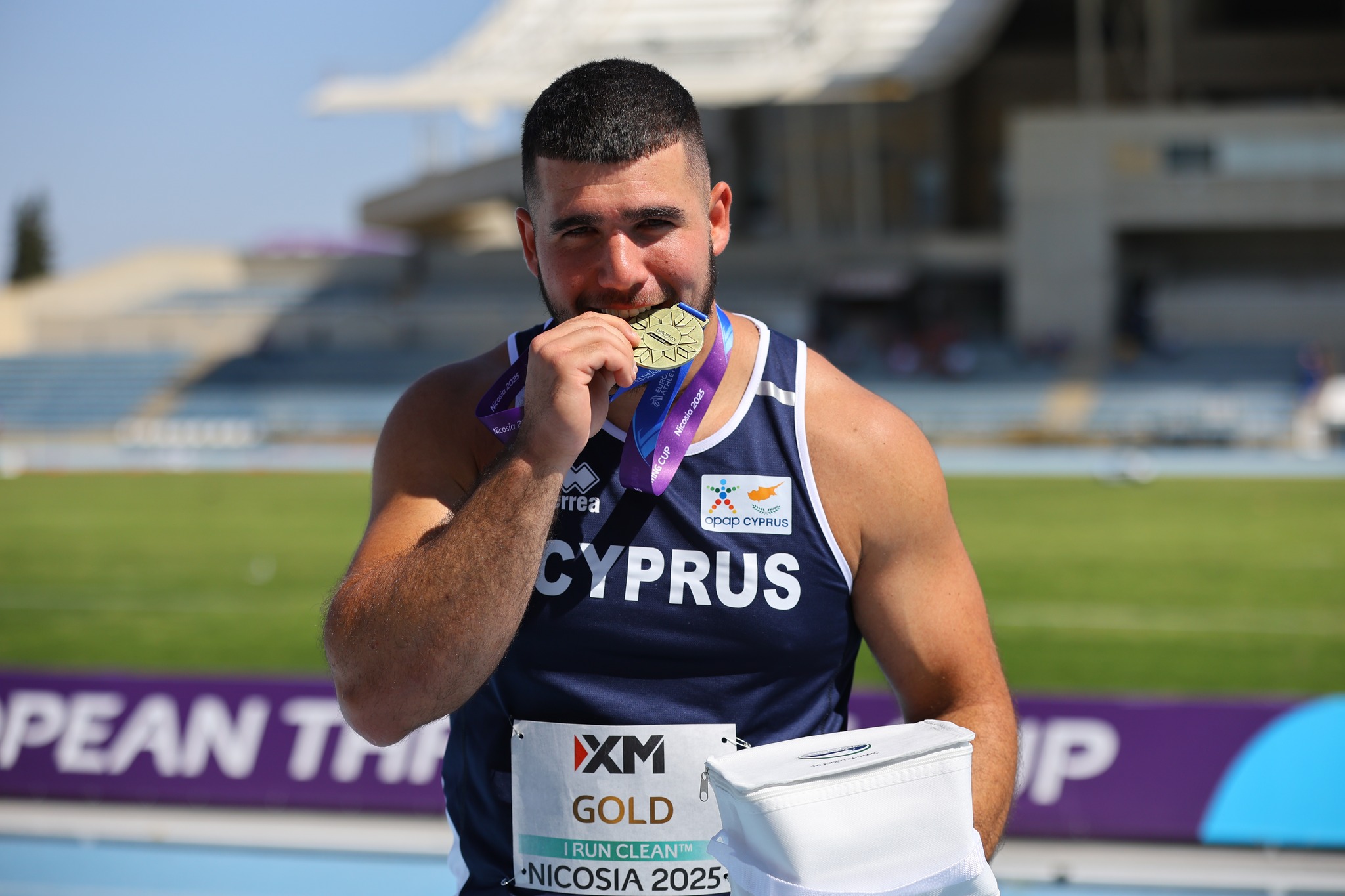
In short, Cyprus – a small island of no special sporting renown – led the world in Peru, at least in the hammer throw, coming within a whisker of fielding the world’s top teens for both males and females.
But wait, there’s even more.
Even as Kesidis was ascending to the top spot of the podium, and Savva to second place, yet another 19-year-old Cypriot, Emilia Kolokotroni (she was still 18 at the time), also made the final of the hammer throw, finishing sixth.
In other words, after not having had a single world-class hammer thrower in our entire history – as defined by international results, at least – we now have three, all born in 2005, all competing against athletes from much bigger countries and doing well on the world stage. How did this happen? Is it just a coincidence?
The answer, surprisingly, seems to be ‘Yes’.
The three young people know each other, of course – but only from track meets. Not only do they have different coaches, they come from different cities: Kesidis grew up (and still lives) in Paphos, Savva in Larnaca, Kolokotroni in Nicosia – though the two women are both currently at university in the US, Berkeley and Harvard respectively.
Their backgrounds are also quite different. Kesidis’ father is a builder, while his mother works at a hotel. Kolokotroni’s parents, on the other hand, are both civil servants, a technician and a systems analyst. Savva, meanwhile, was born to a Ukrainian mother and an older, Cypriot father, now retired.
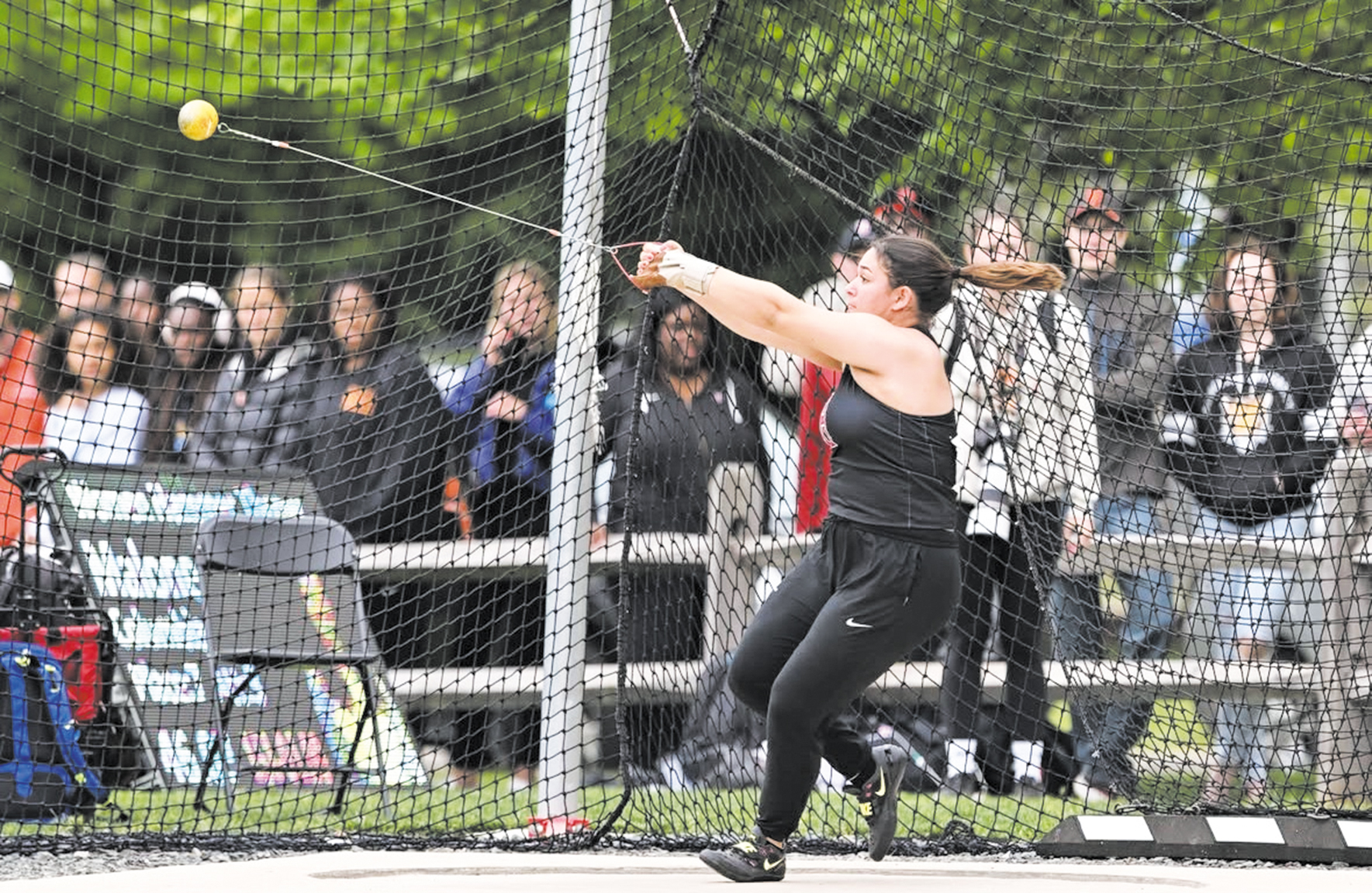
“Coincidence. It just happened,” shrugs Argyrou. “Sport is like that generally,” he adds. “And athletics is [especially] weird.”
After all, we’ve always had outliers. Anninos Markoullides qualified for four Olympics as a sprinter in the 90s and 00s. Kyriakos Ioannou was a top high jumper – the only Cypriot ever to win a medal at the World Athletics Championships – but we had no famous high jumpers before him “and we don’t have a successor now”, at least in the men’s. More recently, Apostolos Parellis has been world-class in the discus throw, qualifying for all major tournaments.
Yes, but three outliers at the same time? And not just qualifying, but winning medals too?
Could it be relevant, for instance, that two of the three have some Eastern European genes? (Kesidis, though Paphos-born, comes from a Pontian Greek family.) After all, the hammer throw is dominated by Slavs: seven of the eight biggest throwers of all time come from the USSR and Belarus. On the other hand, it’s widely suspected that those old Soviet athletes (the world record dates from 1986) were, shall we say, chemically enhanced – and genes only go so far, in any case.
“I agree it’s partly a big coincidence,” says Savva by email from Berkeley. “At the same time, however, I believe that the success of each one of us simultaneously pushed the other two.”
This is actually a good point – and one of the reasons why athletes from big countries have an advantage: competition is the best motivator. Clusters around the same sport aren’t too uncommon. Cyprus itself had a cluster (two Olympic athletes at the same time) in skeet shooting not long ago.
More importantly, though, focusing too much on the coincidence ends up downplaying the three youngsters’ very different stories – and the hard work they’ve each put in, against often demoralising odds.
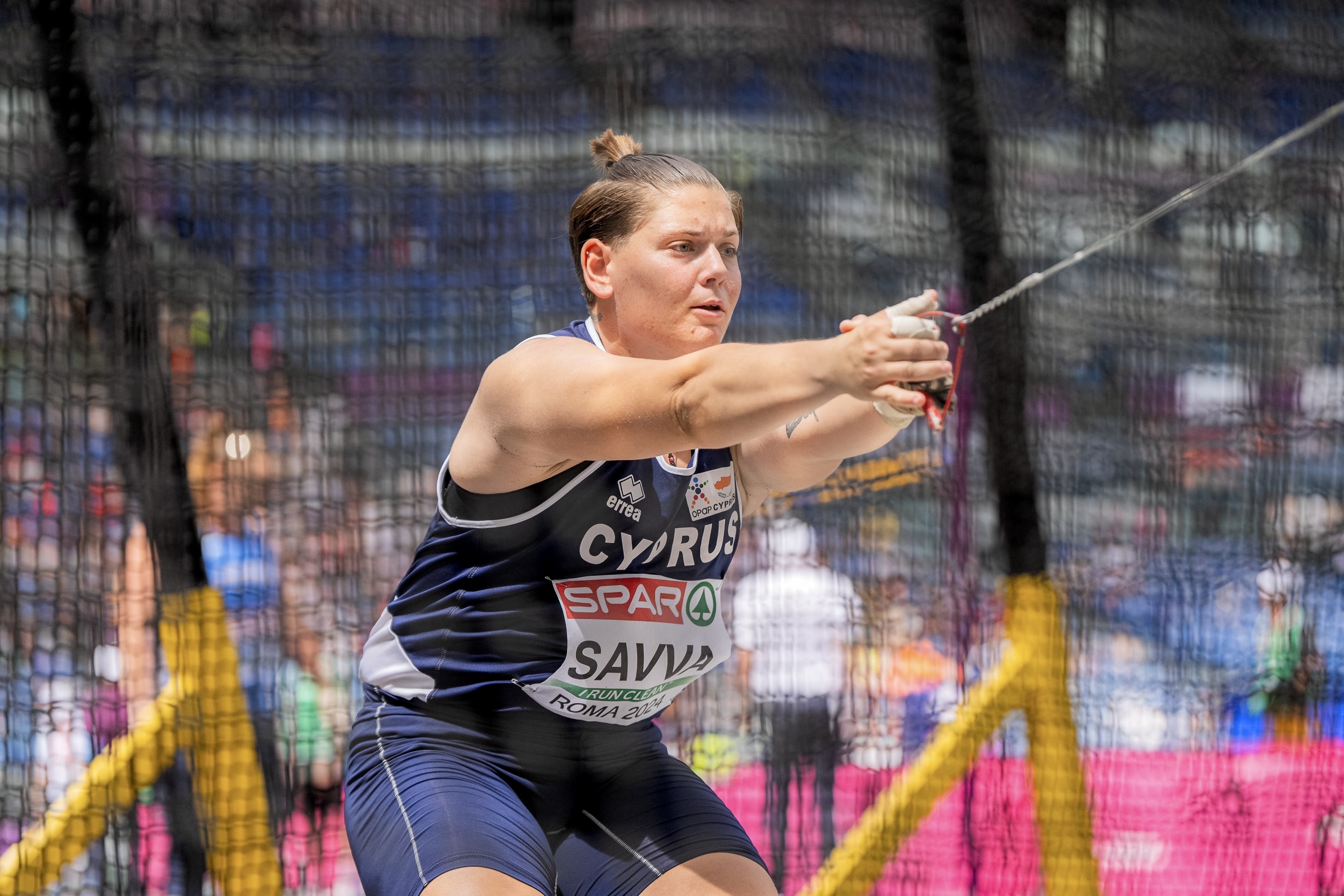
Savva’s story is perhaps the most dramatic – especially in 2024, the months leading up to Peru which, she writes, “made me more mature as a person. I can honestly say that aspects of myself were revealed which I didn’t even know I possessed, until I really had to fight by myself”.
The events she faced might’ve cowed most 19-year-olds. (Valentina is “a very dynamic character,” says Argyrou.) Early in the year, she changed coach, going from Giorgos Aresti – who’d seen her throw as a 12-year-old and told her: “You’ll be world champion one day” – to national coach Constantinos Stathelakos, a former athlete who still holds the Cyprus hammer-throw record (the record Kesidis broke in Peru was for under-20s).
The team travelled to South Africa for Valentina’s first meet. Five days later, on February 1, Stathelakos was killed in a road accident, leaving her bereft both emotionally and in terms of coaching. She moved to Athens for a while, then back to Cyprus to work with Skevi Theodorou, Stathelakos’ widow and an Olympian in her own right. “Basically, for the whole year I had no stability.”
Her excellent showing in Peru is a bit deceptive. Her own verdict on 2024 is decidedly mixed – above all because she was desperately close to qualifying for the Olympics but, with all the turmoil going on (plus the shadow of the war in Ukraine on her family), failed to make it. Even in Peru, she says, “I went there without a coach, and trained on my own for two weeks before the competition”. It was a tough year.
Kesidis’ situation is slightly different – partly because he’s still getting used to the new equipment. Girls throw a 3kg hammer, then change to 4kg at 18 and stay at that weight for their adult careers. Boys, however, have two changes, from 5kg to 6kg at 18, then 7kg at 20.
He’s still adjusting to that, and to being the youngest in his new (under-23) category. That said, he had another massive triumph last month, winning gold at the European Throwing Cup (held, coincidentally, in Cyprus) and breaking his own national under-23 record, so it’s fair to say he’s adjusting well.
“He just stood out, in everything,” recalls his coach Panicos Charalambous, who’d initially been training Iosif’s older brother – it’s telling, and a reflection of what a central role family plays, that both Iosif and Valentina have a sibling who’s also a hammer thrower – but quickly detected the younger boy’s talent.
“For a start, he has great character. Anything I ask of him, he’ll do – any training programme… He has more speed, more explosiveness than the others I’ve seen. And I’ve seen a lot.” It was almost entirely Charalambous’ persistence that got Iosif into hammer throwing, tempting him away from wrestling and judo – which is crazy, really, given that he may end up being the best in the world. Imagine how many great athletes get nipped in the bud, just because circumstances don’t align for them.
Even crazier is the fact that the under-20 world champion is unable to train in the mornings, except very early – because the only throwing cage in Paphos (“which I built myself, with 100 problems,” gripes his coach) is in a school, and they have to wait for the kids to get out.
So infrastructure is a problem here?
“Of course,” replies Argyrou. “Because in Cyprus, it’s football first, and everything else second!”
There it is again, the admission of how hard it is to make it from a small country – and how remarkable it is for three top athletes to appear on the scene at the same time. It feels odd to peruse the Harvard website and read that Kolokotroni – studying Psychology and Political Science – recently won her first Ivy League title with a hammer throw that “ranks second in school history”. Granted, Harvard (unlike Berkeley) isn’t known for so-called ‘throwing sports’; still, you’d think a Cypriot in America would have more trouble standing out.
Kolokotroni’s situation is perhaps the most unusual, of the three – because she’s obviously world-class yet slightly overshadowed (for now) by her even more successful peers. Is it something that bothers her? But of course I already know the answer.
“At the end of the day, the only ‘opponent’ I care about is myself,” she replies by email. “I focus exclusively on my own results, and my personal progress.”
This, in the end, is the athlete’s motto: the relentless focus on oneself, the will to win, and “the extent to which you’re willing to push body and mind to extremes,” as Savva (who comes off as the most intense of the three) puts it.
Yes, training is part of it – getting up at 5.30am, as Kesidis says, six days a week, living a very different life to other 19-year-olds. “But everyone can train, and does train,” says Savva. “And how many stand out?
“Those who stand out are the ones whose passion, and thirst, are greater than their fear.”
What happens next? Hard to say. The sports world is littered with promising – even brilliant – juniors who stumbled when it came to success as adults. Life gets in the way. The single-mindedness, to the exclusion of everything else, that comes easily to adolescents can seem overly narrow – too great a price – as the self develops.
“I’d describe myself as ambitious,” writes Kolokotroni. “Which is why I don’t want to be defined by one single thing (e.g. a hammer thrower), but to have the opportunity to showcase other aspects of myself too.” Will these teenage prodigies stay the course to Olympic medals? Time will tell.
Right now, however – in the niche world of under-20 hammer throwing – Cyprus rules the world. It’s a wonderful coincidence.

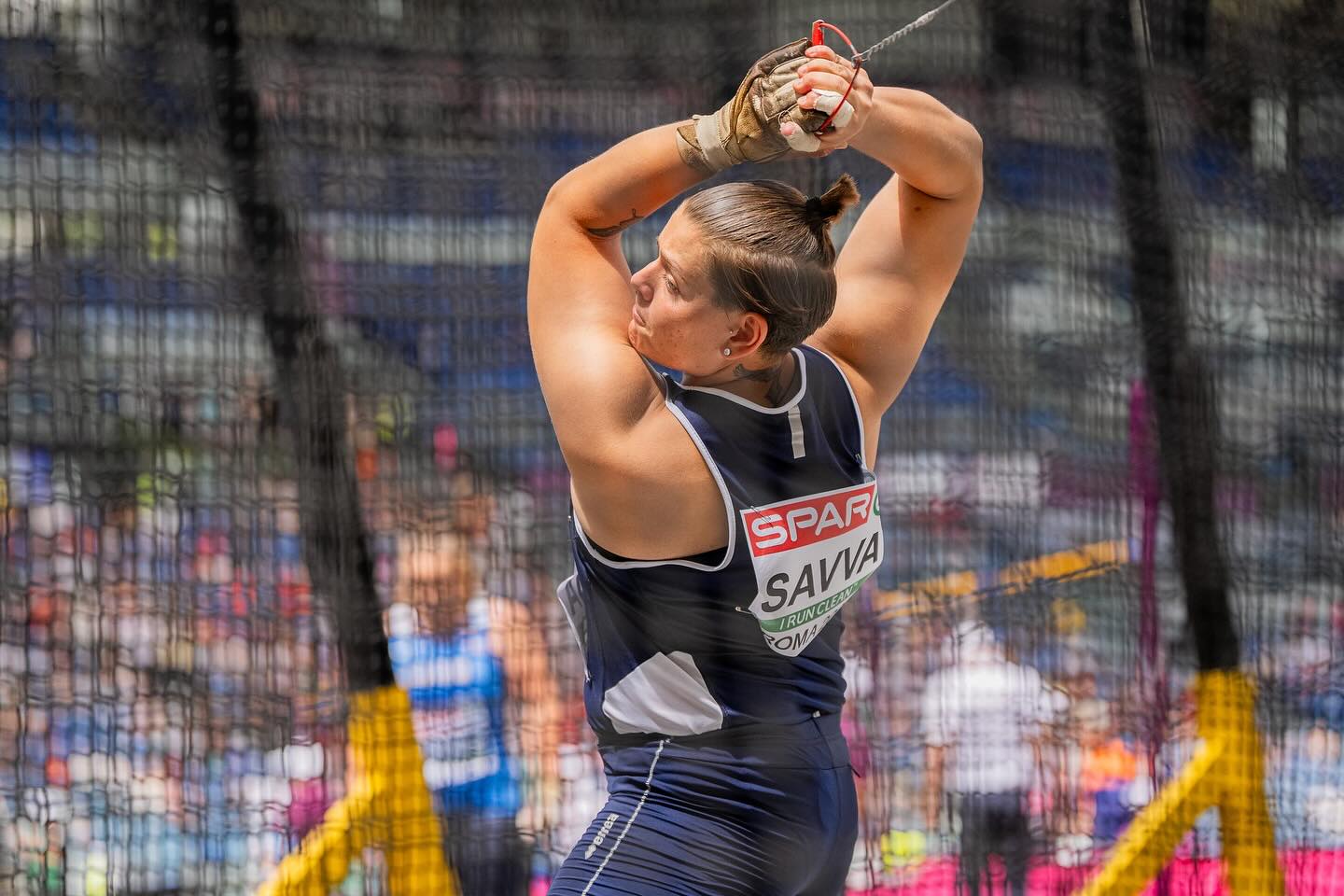
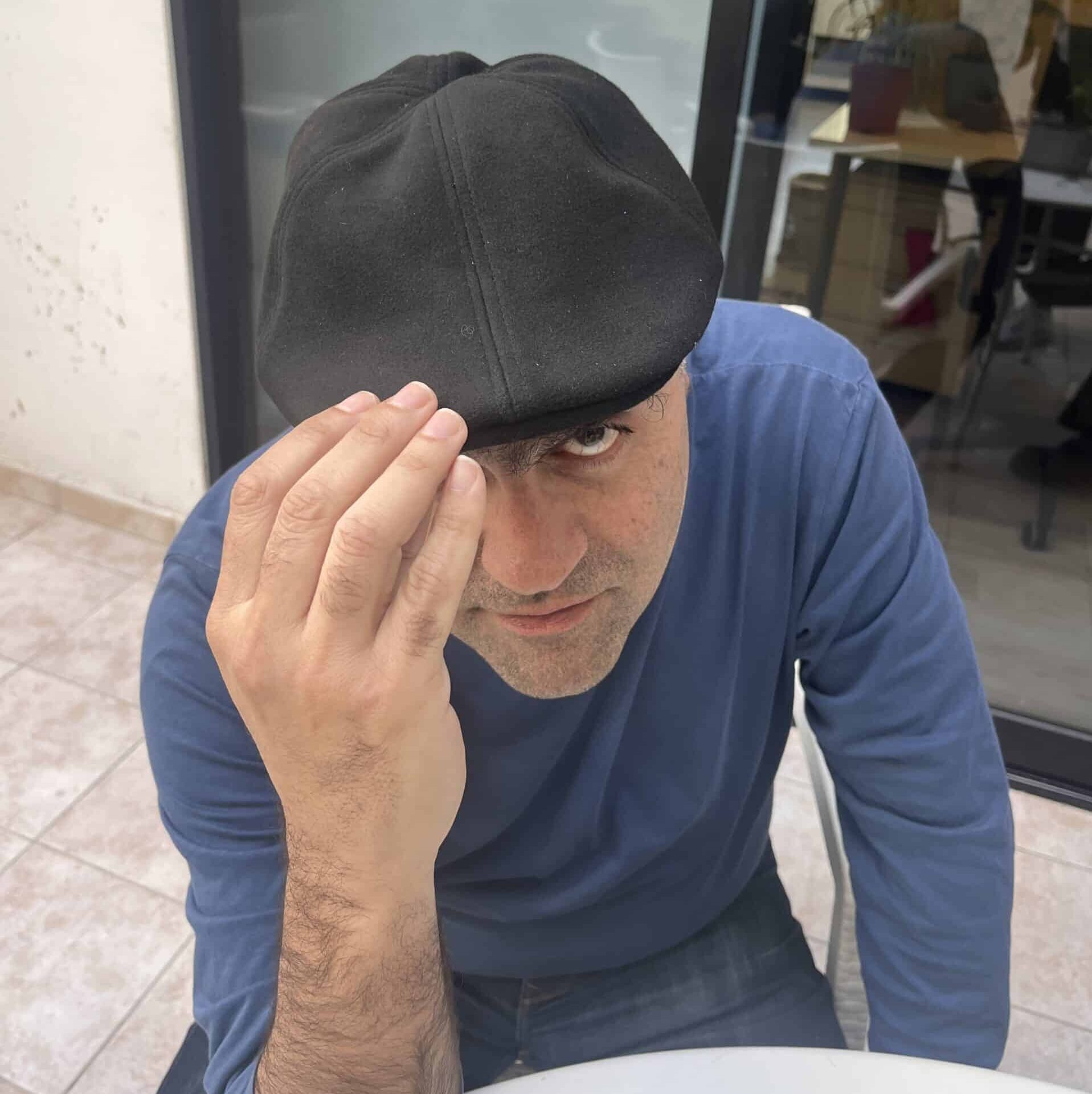
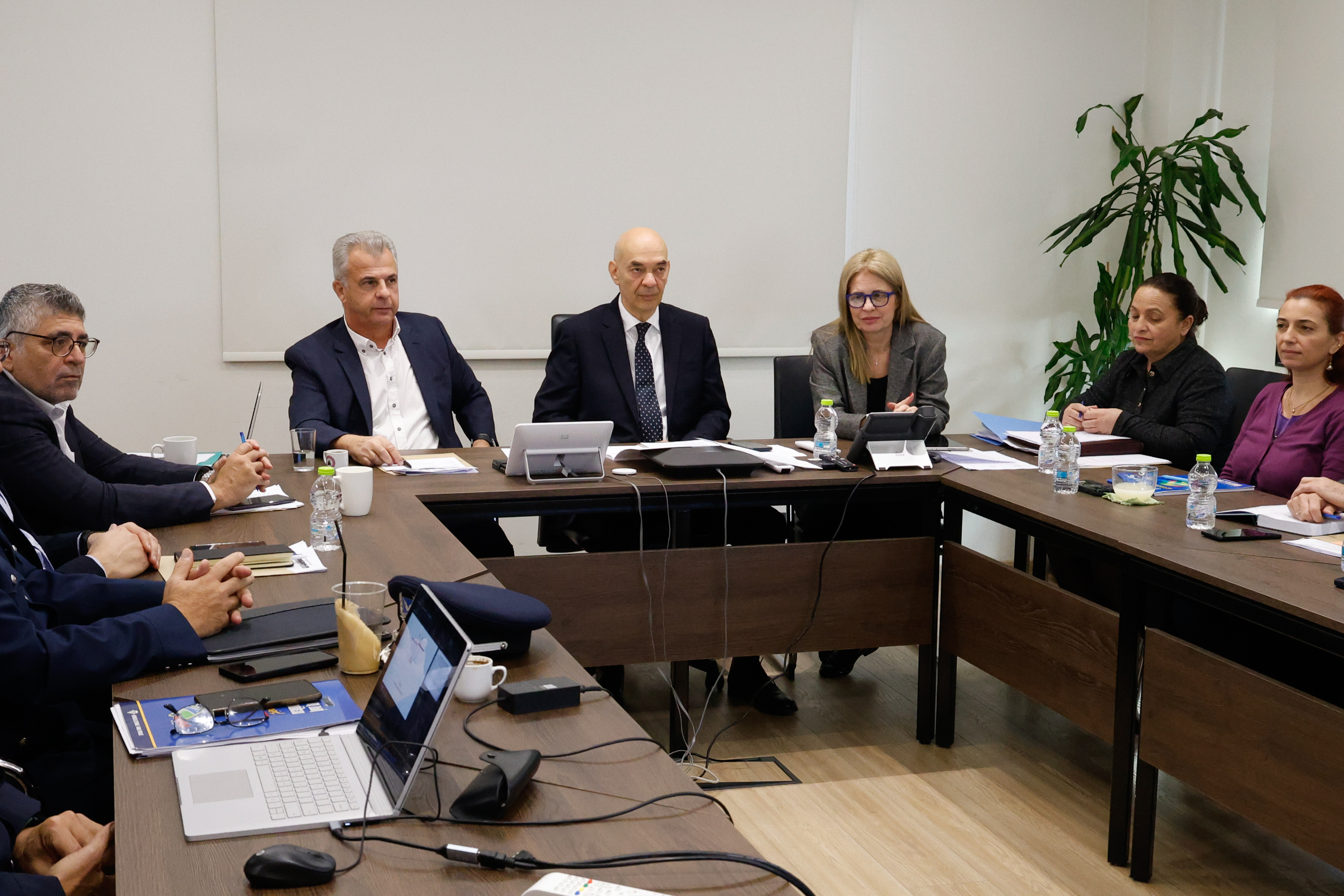
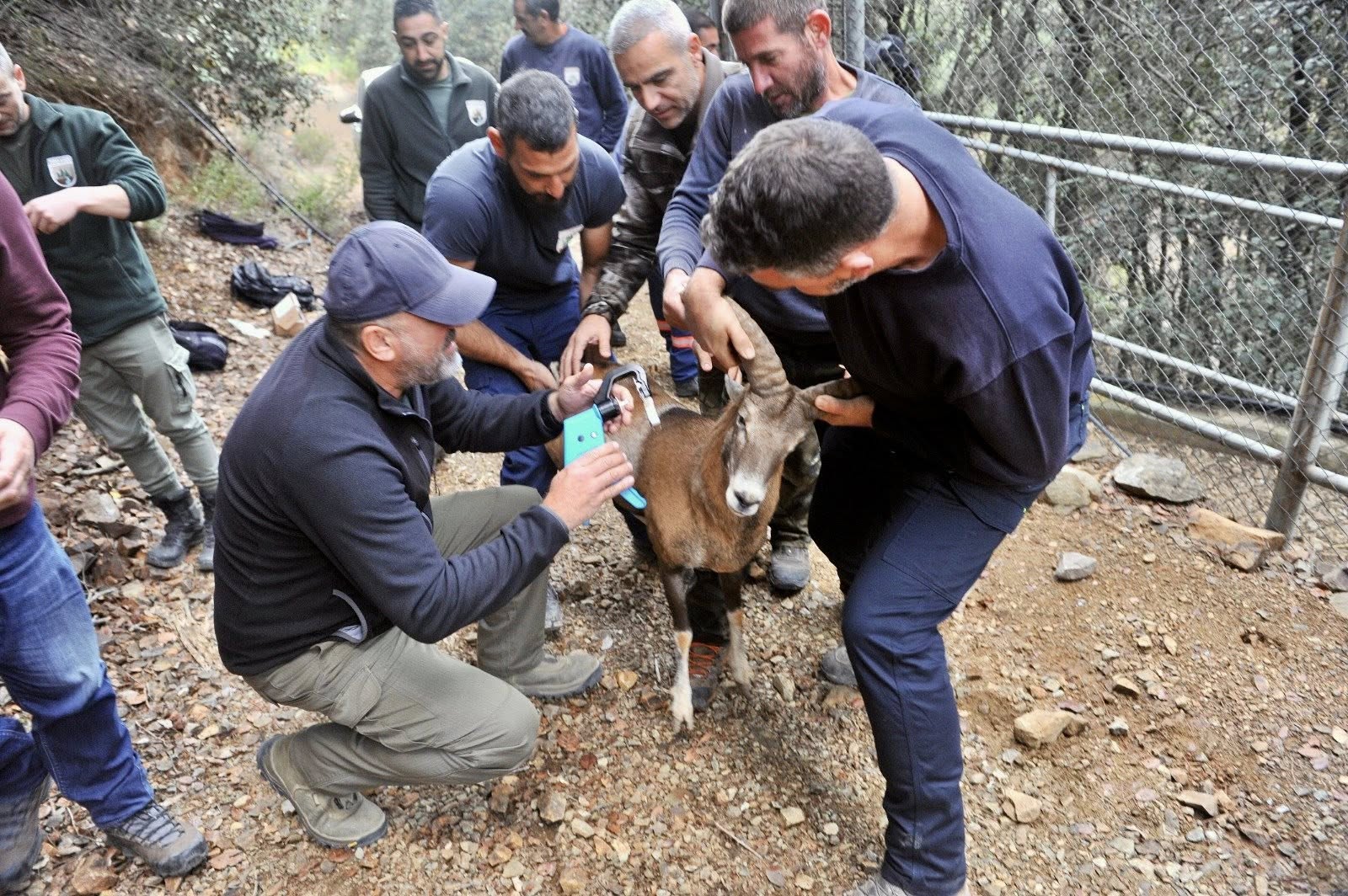
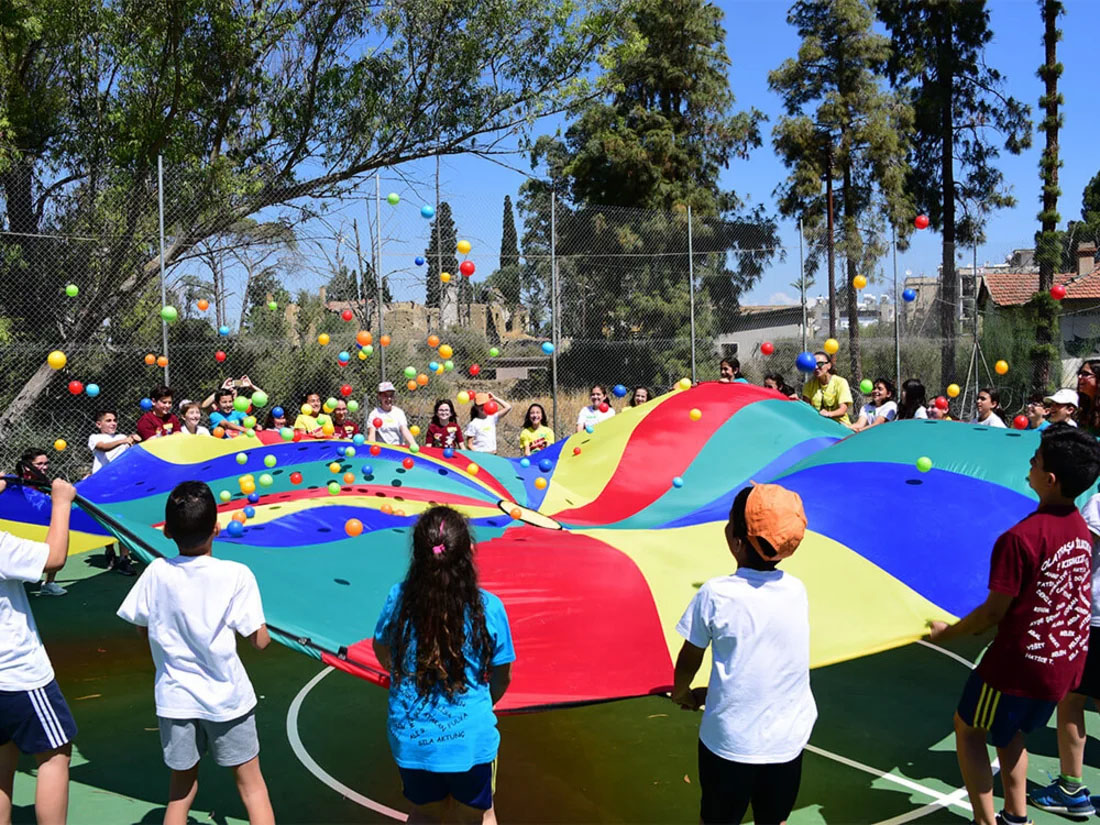
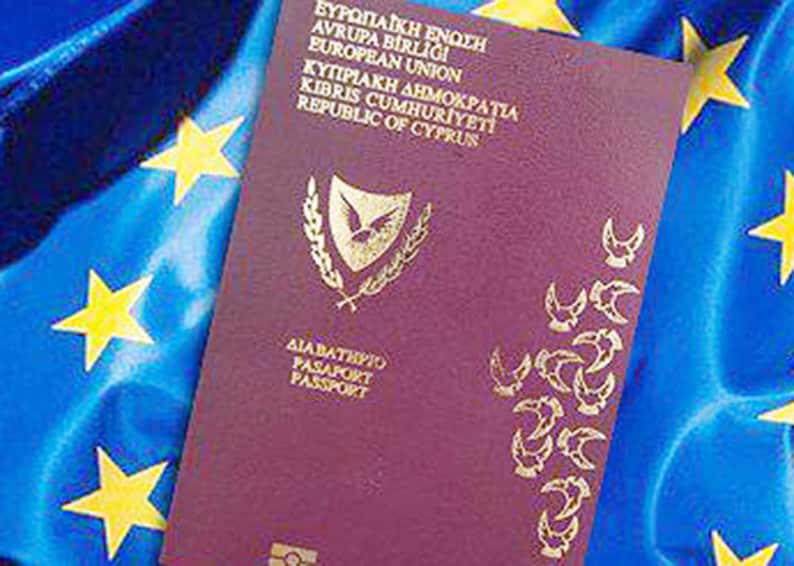
Click here to change your cookie preferences